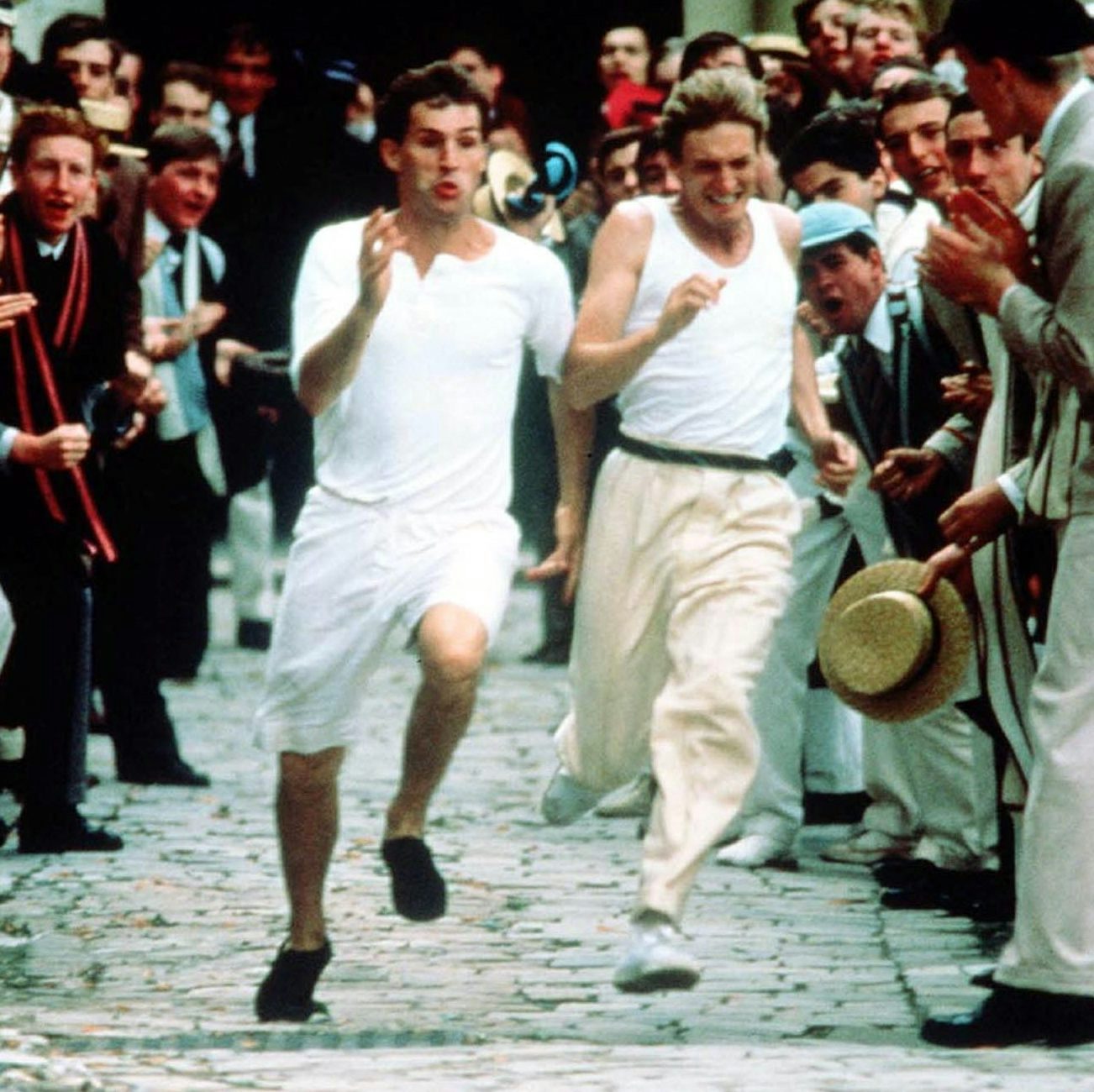It’s time for science to go pro
The Daily Telegraph, 5 Sep 2023
Professional sport has a lot to teach scientists about pushing the limits of human achievement—so why are we still content to be amateurs?
It was a century ago that sport got serious. Late in 1923, the sprinter Harold Abrahams, then a student at Cambridge, took the controversial step of hiring the trainer Sam Mussabini. In the Oscar-winning film Chariots of Fire, which tells the story, Abrahams’s academic supervisors rebuke him for flouting the amateur spirit of sport. His reply is withering. “Yours are the archaic values of the prep school playground. I believe in the pursuit of excellence, and I’ll carry the future with me.”
A century later, sport has changed beyond all recognition. Yet academia–and above all, the world of science, which I inhabit–remains stuck in the playground. While sport soars to ever greater heights of professionalism, science lags a century behind. This is puzzling, because science and sport actually have a lot in common. In both, practitioners operate at the limits of human ability. When scientists publish their research, they can break the intellectual equivalent of world records.
Next month, the 2023 Nobel prizes will be announced. Whoever wins, this will be an occasion not only to celebrate science, but also to think about how best to organise it, particularly if Britain is to achieve its vaunted ambition of being a science superpower. The answer, I believe, is that British science must undergo the same transformation as British sport: from amateur to professional.
The chairman of the British Olympic Association, Sir Hugh Robertson, has named three things that are necessary if athletes are to win medals. These are full-time dedication, expert help, and the inner game. Our scientists will need these same three things, if they are to realise their potential.
First of all, full-time dedication. The British sprinter Zharnel Hughes could never have won a 100m medal at the World Championships this summer, becoming the first Brit in 20 years to do so, if he’d had to spend his time coaching youngsters. Yet, bizarrely, this is precisely what scientists are asked to do. At universities, they are forced to devote half their time to teaching students.
This is crazy, since the very definition of a professional is someone who gets paid for their craft, so they can devote themselves to it full-time. By that yardstick, university scientists are amateurs. To be professional, scientists need the freedom to dedicate themselves to doing research full-time.
Second, expert help. In 1923, Mussabini used his skill as a trainer, which Abrahams lacked, to see that the runner’s stride was a fraction too long. Shortening it allowed him to “improve that decisive 1 per cent”, as Abrahams put it, “which made all the difference between supreme success and obscurity”. He proved himself the fastest man alive the following year, when he won Olympic gold for Britain.
What are the scientific equivalents of an athlete’s trainers, strategists and physiotherapists? At the London Institute, where I work, we employ expert coders, analysts, designers, storytellers and fundraisers, to help our researchers make the crucial improvements that lead to the podium.
Finally, the inner game. In 1974, the coach Timothy Gallwey published The Inner Game of Tennis, which emphasised that, counterintuitively, sport was as much a mental game as a physical one. His influence, founded on the idea that “the opponent within one’s own head is more formidable than the one on the other side of the net”, has spread from the realm of tennis into business and beyond.
If the inner game can make such a difference in a physical activity like sport, you might expect a greater emphasis within a mental activity like science. Not so. Scientists have barely begun to explore the inner game of science. But at the London Institute, we employ inner game consultants to help our researchers be more ambitious, overcome setbacks, identify strengths and optimise daily rituals.
The journey from amateur to professional, which has revolutionised sport, will not be easy to accomplish in science. Universities, whose very structure prevents scientists from doing science full-time, have a monopoly on research. The few researchers who dare to break away invariably face a funding problem: namely, that all funders, whether public or private, restrict their money largely to salaries and equipment, skimping on support costs, which they call “indirects”. Yet it is precisely these support costs that pay for the three things that are necessary for science to go pro.
At the London Institute, we’re on a mission to break intellectual records. That’s why we insist that half of our funding is unrestricted, so we can spend it on the “decisive 1 per cent” that makes the difference. To anyone who suggests that this contravenes the glorious spirit of science funding, I quote Harold Abrahams. We believe in the pursuit of excellence and we’ll carry the future with us. A century ago, Britain pioneered the leap to professionalism in sport. Now it must do the same in science.
Dr Thomas Fink is the Director of the London Institute for Mathematical Sciences.















